Editor’s Note: Originally published on May 16, 2019, updated on Feb. 1, 2023.

Maintaining a competitive edge on Amazon is no mean feat. Especially if you don’t keep tabs on your competitors. Learn how to stay one step ahead with this quick checklist for an effective Amazon competitive analysis.
To succeed on a market like Amazon, you need to monitor and anticipate your competitors. If you don’t carry out a routine competitive analysis, then you’re losing out. Everybody else is already keeping tabs on you. So, why not return the favor?
Competition on Amazon is Growing
According to OJDigitalSolutions, there are 9.5 million sellers worldwide, 2.3 million of which are active and 1 million of which joined in 2020 alone. With more sellers fighting for a smaller slice of the pie, it’s only natural that the competition grows fiercer.
But there’s no reason to throw in the towel when competitors crop up and sales drop. Stand your ground, do a bit of research, and analyze your competition. Here’s how:
Competitive Research on Amazon
- Competitor Count
First, find out what you’re up against. There are several ways to assess your competition, and we can name at least three.
Check Profit Bandit before you buy anything. Use the Competition tab in Sellery to research items in your inventory. Or import any ASIN into SellerEngine Plus to check current offers for it.
If you’d rather look it up online, reverse ASIN lookup sites like Amazon ASIN can help. Below is an example of the seller count for ASIN B07PGLBNRD. You can also access data for competing ASINs and Alibaba suppliers by signing up with Sellerapp and clicking the relevant tabs.
| Note: Your connection to this and similar sites may not be secure. |
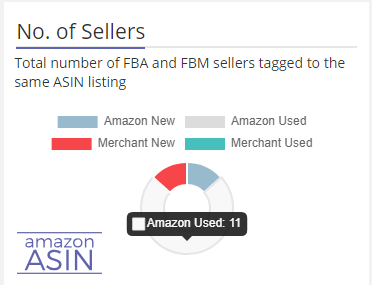
- Storefront A storefront is the page Amazon u… More Checks
Your competitor has a profile on Amazon and a storefront. On the Offers page, check the seller’s shipping terms and conditions note, and then click on the seller’s name. This takes you to their profile. Here you can access the storefront to see the brands they stock and the number of products they sell.

While we’re on topic, check to see if they have any Stores. They come with personalized Amazon URLs and easy access to sales and traffic data. The Store shows their brands, the social media platforms they use, and (seasonal) best-sellers.
- Competitor Profiling
Aside from social media, there are other public sources of information. There’s bound to be a website or a company profile somewhere. Try some of these avenues to get a feel for the company:
- Website domain (WHOis.com in the USA)
- Business records (e.g., Companies House for UK-based entities)
- Director’s story (LinkedIn posts)
- Job posting history (current or cached Indeed ads)
Any information you find here can be useful. Draw up a list of their weaknesses and strengths. You may not be able to capitalize on them. But at least they’ll help you understand the landscape you’re operating in.
Competitive Analysis on Amazon
- Descriptions
Amazon competitive analysis starts with the listings. Check the Product page and sift through photos, videos, titles, and descriptions. Don’t forget branding. Tone, design, packaging, and labeling are all important aspects of this.
- Keywords
You can compare listings yourself to find some of the keywords your competitor uses. Or you could enter an ASIN into a keyword research tool like Sonar to get a free taster. It offers insights into PPC campaigns and backend keywords. Best of all, you can download these lists.
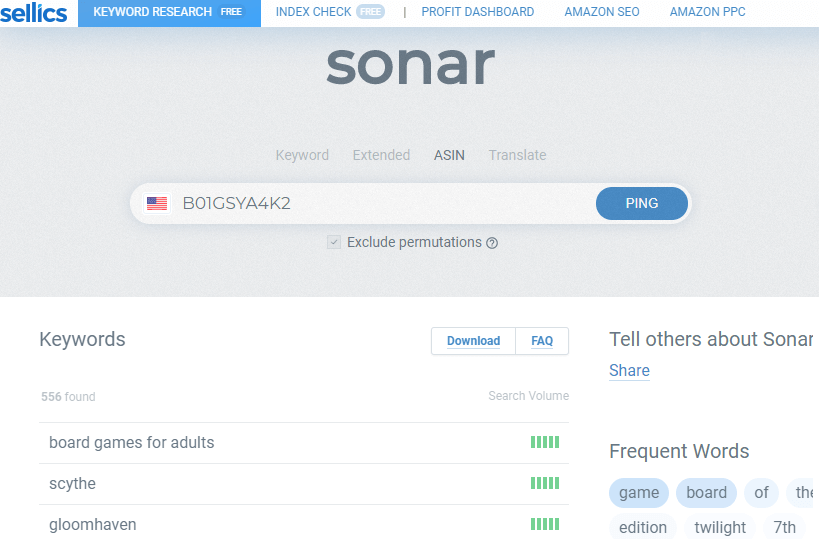
The same applies to Amazon ASIN. A query produces slightly different results, but with nicer visuals.

- Reviews
Product reviews reveal lots of new information. But you only really need to focus on the positives and negatives of the product. Note any features reviewers are very happy with. Also, find out what they don’t like about the product, and how yours can address the issue.
- Pricing Strategy
You don’t need to keep a record of sellers’ prices to understand their pricing strategy. Use ProfitBandit to scan any product. Then track price fluctuations on Amazon with the built-in CamelCamelCamel widget. Tip: it also gives you instant alerts on restricted Selling certain product categorie… More items or brands.
Once you’ve identified an interesting product, you can use Sellery to monitor your stock levels. Look for patterns and identify hot selling items and slow movers. Look at how fast your competition can reprice, sell out, and replenish stock. Based on this, you can work on your own pricing strategy.
|Tip: The Competition Filter lets you exclude sellers that don’t pose a real threat |
- Sales
This is where things get interesting. You’ll find several Amazon sales estimator tools online. One example is the JungleScout estimator. It shows monthly sales estimates based on sales rankThe sales rank of products on Amazon ind… More. But it’s not an exact science. So, take the results with a pinch of salt.
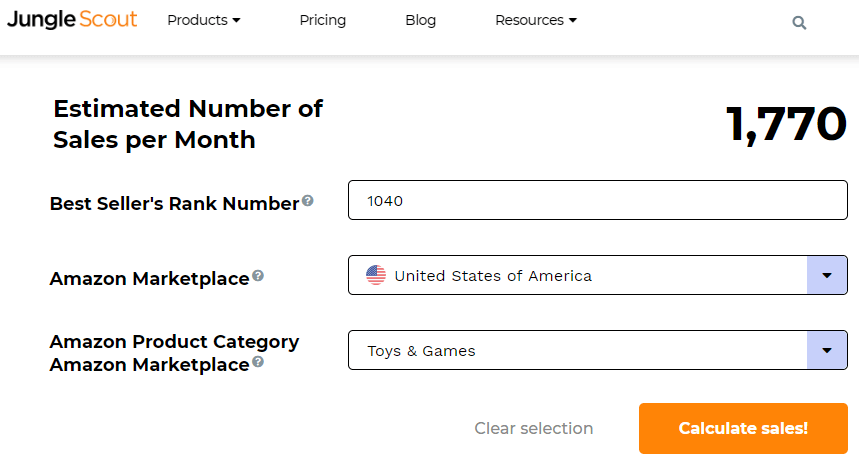
- Fulfillment
Monitoring your competitors? Well done. But you can’t understand their business model if you don’t place a few orders and test their query response time. Try various delivery options to see the couriers and the services they use. Look for the dispatch location and cost on prepaid and packaging labels.
- Promotions
You need to keep an eye on your competitor’s ad campaigns. Look at when they’re launched, their frequency, and their scale. This is easily done with reverse ASIN lookup tools like Sonar, Keyword Scout, and Cerebro by Helium10.
They also show the types of keywords they use (short or long-tail). Then there’s also search volume, competition, cost-per-click, ACoS, and other valuable information.
That’s about it, folks. The takeaway here is not to let a little competition on Amazon distract you from your goals. There’s no shortage of software tools for sellers who want to stay on top. Plus, carrying out a thorough Amazon competitive analysis is time well spent.
*Disclaimer: We are not affiliated with, endorsed by, or sponsored by the service providers featured in this post.

Melanie takes an active interest in all things Amazon. She keeps an eye on the latest developments and keeps Amazon sellers up to speed.


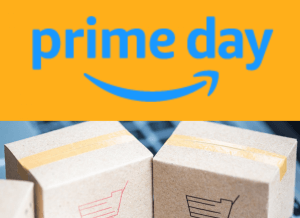
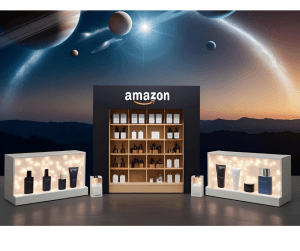
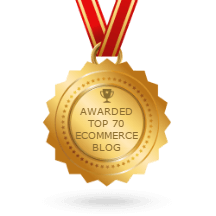

3 Responses
Dear Melanie,
Its a great article, could you recommend similar tools for India Amazon Marketplace too.
This is an excellent article – what I’d be interesting in tracing where a specific product is being advertised (social channels, display, search, specific sites). Particularly I’m looking at private label product candidates and seeing that in a pool of sellers with the exact same product (e.g. the same blue hat with a different logo), one or two seller’s product will have a sales rank that’s 50% lower than all the others (i.e. they’re selling twice as much). My guess is they’re advertising, but how and where? Knowing this would clue me into how much effort and spending they’re putting into those increased sales.
Thank you for information